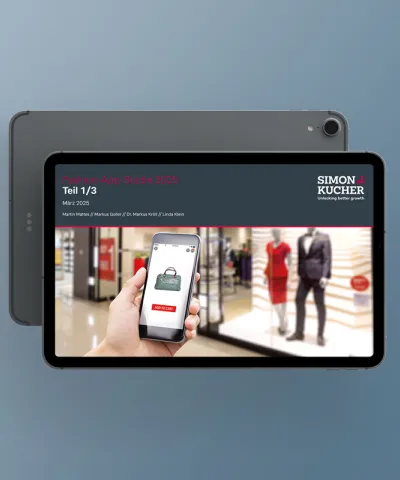Customers purchasing a combustion-engine car are spoiled for choice in today’s market, having their pick of numerous engine-trim combinations per model. However, this doesn’t apply to electric vehicles (EV). If manufacturers want to increase electric vehicle sales, they need to rethink their trim level approach and adapt to customers’ needs. To achieve this, we have identified three simple steps.
The variety of cars with combustion engines in today’s automotive market is overwhelming. Customers can purchase any car model from the brand of their choice and select from a broad range of different specifications. These specifications differ in terms of two main attributes: engine and equipment (trim level). For example, in Germany, a standard VW Golf comes in more than 60 engine-trim combinations. This highly differentiated offering allows companies to target different customer preferences.
This wasn’t the case a few decades ago. Back then, manufacturers deliberately limited the number of available vehicle specifications in order to curb engineering and production complexity. Over time, growing individualism and more specific customer needs forced manufacturers to offer more differentiated car models. The OEMs that tailored their products to customers’ demands remained successful; by developing an intelligent design for trim levels and packages, they were able to both satisfy customer needs and increase revenue and profit for their company. As a result, the number of available engine-trim combinations grew from single digits in the 1970s to several dozen for popular models today.

Missed monetization potential: electric vehicles with few trim levels
While a wider model portfolio increases complexity within a company, it also skims previously unattained potential by better addressing customer needs.
Interestingly, this trend toward more customization isn’t seen in the electric vehicles launched in recent years. Both established automotive players like Mercedes Benz, Audi, BMW, and Volkswagen and newcomers like Tesla, Polestar, and NIO seem to be taking a step back in history; most of the EVs offered today come with a very low number of trim-engine combinations.


The reasons for this development might be found on the production side, since introducing a completely new production line is challenging and complex. From a marketing perspective, it could be due to a skimming or top-down offer strategy, where manufacturers only offer the fully equipped version as a way to tap the higher willingness to pay of the “first movers” in the EV space.
However, first movers aren’t the only ones buying EVs anymore. If OEMs really want to sell EVs at high volumes, they have to adapt to customers’ needs again. To generate the most electric vehicle sales, revenue, and profit, we have identified three simple steps for developing perfect trim-line and package strategies for EVs:
Conclusion: Electric vehicle sales need enhanced engine-trim combinations
Since the rise of electric vehicles has only just started, it’s understandable that EV model portfolios are less developed than those of comparable combustion vehicles with longer traditions. But with EVs becoming more volume-market oriented, it’s time to come up with smart trim-line and package strategies to address different customer segments. Luckily for manufacturers, they don’t have to reinvent the wheel; by following this three-step approach, they can both increase customer satisfaction and generate higher revenue and profit.
AUTOMOTIVE INSIGHTS
Boosting revenue and profits in the automotive industry. Learn about our experts’ comprehensive solutions for the complex marketing, sales, and pricing problems automotive players are confronted with.











